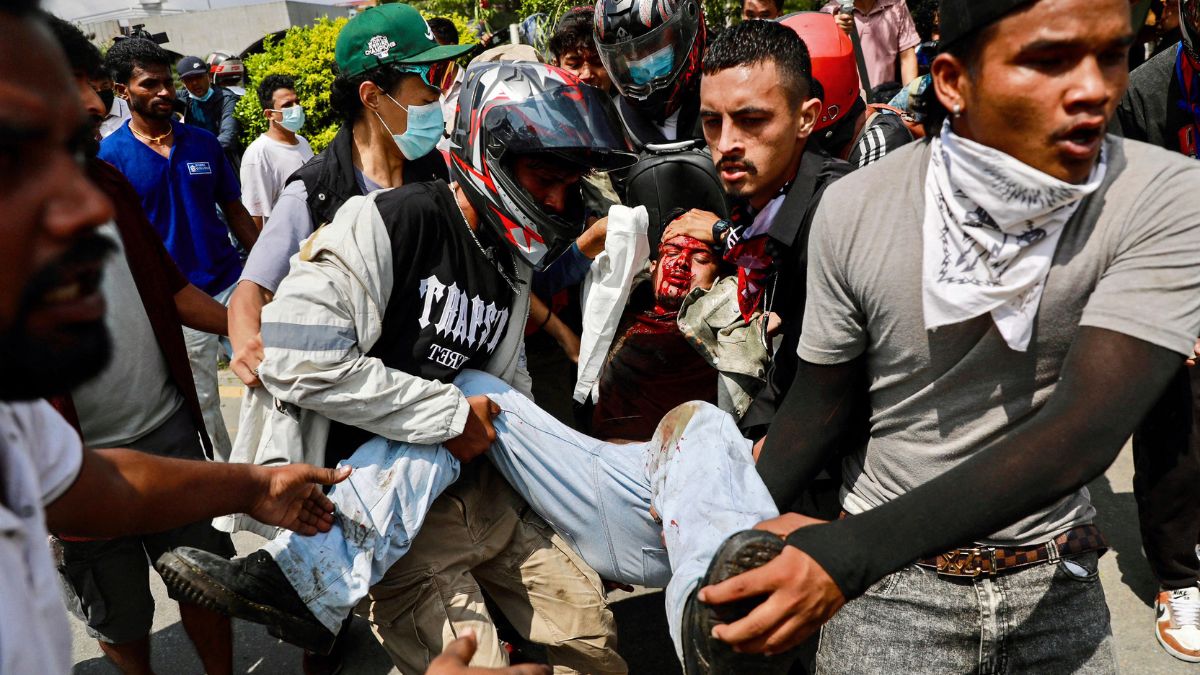India on Tuesday issued an advisory for its nationals in Nepal, amid the protests and tensions in the country over its ban on social media platforms.
In an official statement, the Ministry of External Affairs
said the situation in Nepal was being closely monitored.
It also asked Indians in Nepal to exercise caution and adhere to the steps and guidelines issued by the Nepal authorities.
“We are closely monitoring the developments in Nepal since yesterday and are deeply saddened by the loss of many young lives,” the statement read.
“Our thoughts and prayers are with families of deceased. We also wish speedy recovery for those who were injured,” it added.
“As a close friend and neighbour, we hope that all concerned will exercise restraint and address any issues through peaceful means and dialogue,” the statement mentioned.
“We have also taken note that authorities have imposed curfew in Kathmandu and several other cities of Nepal. Indian nationals in Nepal are advised to exercise caution and adhere to the steps and guidelines issued by the Nepali authorities,” it added.

The Nepal government on Monday withdrew its earlier decision to ban social media sites after violent protests by youths that left at least 19 people dead and over 300 others injured.
Nepal Minister for Communication, Information and Broadcasting Prithvi Subba Gurung on Monday night announced that the government has withdrawn its earlier decision to ban social media sites following an emergency meeting of the Cabinet.
Gurung said the Ministry of Information has ordered the concerned agencies to resume the social media sites as per the demands of ‘Gen Z’, which spearheaded a massive protest in front of the Parliament in the heart of Kathmandu.
The Nepalese government had ordered the ban of 26 social media sites, including Facebook and X, over their failure to register with the government.
The minister also requested the protesting ‘Gen Z’ group to withdraw their protest programme.
The demonstration on Monday turned violent when some protesters entered the Parliament complex, prompting police to use water cannons, tear gas, and live rounds to disperse crowds.















